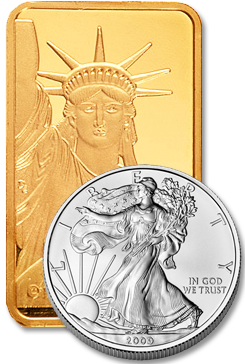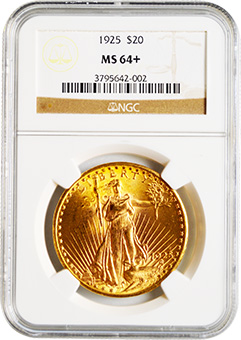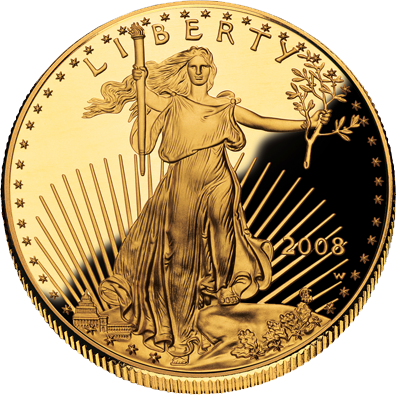Historically, investors and collectors hold gold and silver as protection for their savings and for their wealth at large. The United States has a storied history with precious metals, but whenever the purchasing power of the dollar has fallen the public has turned to gold and silver.
Precious metals make quality investments because you can leverage them as a hedge against inflation, deflation and currency devaluation, reducing the volatility of your portfolio. It sounds simple, but is a fact that could make a substantial impact on your earned wealth.
If you think about portfolio diversification in terms of selecting another mutual fund or stock, you’re still in the “paper” boat, you’re not doing anything to truly diversify.




